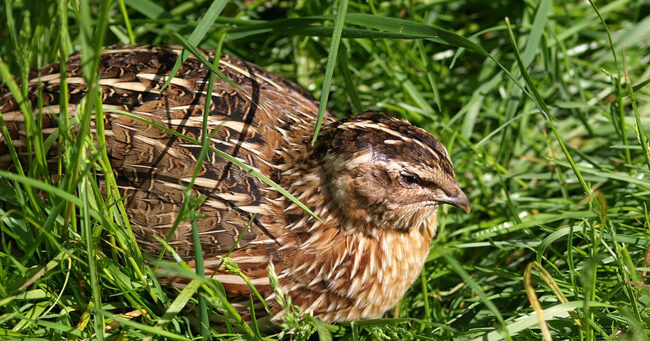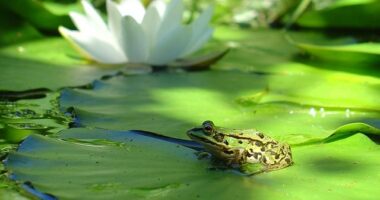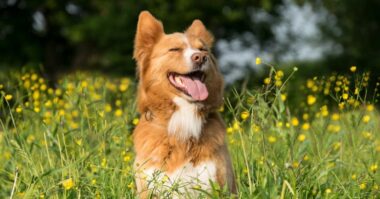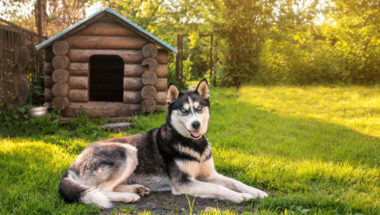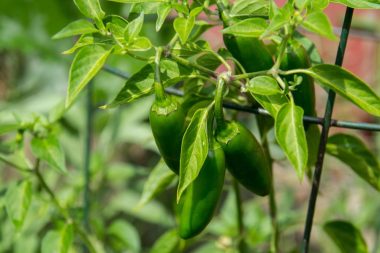For a few years now, quails have been invading the gardens and that’s good! They lay good fresh eggs, reduce the amount of waste and, on top of that, they animate the garden in a very bucolic way.
Nevertheless, to protect your plantations from their tireless scratching and because a small home is better than a large one, it is prudent to provide an enclosure.
Contents
10 plants safe for your quail
1. Apple tree
With flowers or fruit, the apple tree is a tree that makes you enjoy its white or pink flowers as much as its fruiting: apples of all sizes and for all tastes.
2. Sea Buckthorn
With its light foliage and colorful, edible fruit, sea buckthorn is decorative for most of the year. Very resistant, it is adapted to the most difficult conditions and quickly becomes very beautiful without special care.
3. Holly
The holly is a shrub of winter interest. Very popular because of its glossy foliage and bright bacciform fruit, it is used in the composition of Christmas wreaths. It likes to be exposed to the sun and tolerates the cold, sea spray and pollution.
4. Pheasant tree
The pheasant tree also called Himalayan honeysuckle is native to Western China and Tibet. It has a very particular foliage of a very beautiful green tending to blue that brightens the garden in the dull season.
5. White mulberry tree
The white mulberry tree is a spreading tree with long oval leaves, sometimes lobed, bright green then yellow in the fall. It produces edible fruits, sweet but tasteless, white, then pink and red almost black at maturity.
6. Bird’s-eye rowan
The mountain ash (Sorbus aucuparia) is a tree with orange-red fruits, sorbs, particularly appreciated by birds, but toxic to humans when raw. It is above all a very decorative tree with its long leaves composed of about fifteen double-toothed lanceolate leaflets connected to the petiole.
7. Elderberry
Elderberry, a shrub once so well known for its protective, medicinal, dyeing and culinary virtues… always shows very precious qualities. Foliage with intense, luminous, variegated, laciniate or feathery colors, creamy or pinkish blooms, generous autumn fruiting, the elderberry is also very easy to live with.
8. Aronia
Aronia, this small-fruited shrub of North American origin, was of great interest to Eastern Europe, Russia and Scandinavia at the beginning of the 20th century for its hardiness and its production of berries beneficial to health.
9. Oseille
Common sorrel thrives best in cool, light, humus-rich, non-calcareous soils. Place it, if possible, in the sun. Light shade, however, in southern regions, is advisable; too much heat can turn the acidity of the leaves into bitterness.
10. Raspberry tree
In the wild, the raspberry tree is a plant of the undergrowth and edges of mountainous regions. Rustic, the raspberry tree has been cultivated in gardens since the Renaissance. This bramble generally does not exceed 6 ft in height. Beware of these slightly thorny stems.
Use shade and sun for your quails
Quails like to sunbathe in the spring as much as they like to take a nap in the shade in the summer… a little like us, minus the mojito.
The ideal is to install the quails in an orchard, because they have no equal for finding parasites, therefore the dreaded codling moth (but also, notice to the beekeepers, the Asian hornet, to be seen here). In the absence of an orchard, planting a shade tree is a delicate matter. The White Mulberry tree, perfect in the South, as well as the Sorbier des Oiseleurs provide freshness, but also edible fruits for quails. The worry is that a tree needs a few years before it can provide shade: growing much faster, the Black Elder is a good choice.
Instead of or in addition to these trees, you can also plant different fruiting shrubs such as: Aronia arbutifolia, Pheasant Tree, Currant Bushes, Raspberry Bushes or other small red fruits. The quails love them and this brings them precious vitamins.
10 plants toxic for quails
1. Lily of the valley
The lily of the valley is toxic for humans and therefore a fortiori for animals such as quails, but also dogs, cats, rabbits. Everything is toxic, including the water in the vase in which the strands are deposited.
In particular, it contains convallatoxin, a molecule that strengthens and slows down the contractions of the heart, while increasing blood pressure. If ingested by children, irritation of the mouth, abdominal pain accompanied by nausea and even vomiting may occur. In quails, the symptoms will be even worse: the animal’s breathing accelerates while the heart slows down. In case of convulsions, death may occur.
2. Raw Solanaceae
Solonaceae are a large family of food plant species that includes potatoes, tomatoes, eggplants and chili peppers. It also includes ornamental plants such as petunia, schizanthus, salpiglossis, datura, belladonna.
The name of these plants comes from the solanine they contain, which is toxic to quails. This molecule is present in the skin, in the leaves, in green or germinated potatoes. It blocks the functioning of nerve transmission and can lead to sudden death. However, as it is destroyed during cooking, quails can eat tomatoes and potatoes as soon as they are cooked.
3. The lily
Immature leaves, buds and bulbs contain colchicine. Molecule used for the treatment of acute attacks of gout or chronic atrophic polychondritis, it is toxic when ingested in large quantities.
Symptoms last for several days: vomiting and loss of appetite, followed by nervous disorders with coordination problems and convulsions, swelling of the legs or head, and rapid breathing. Death may occur 3 to 6 days after ingestion.
4. Flax
Flax seeds contain hydrocyanic acid, which is toxic and can cause a fairly rapid respiratory arrest.
5. The laurels
Like flax, cherry laurel contains hydrocyanic acid, but also prussic acid. This plant can lead to the rapid death of quail that have eaten it, without prior symptoms.
The leaves of the American laurel contain andromedotoxin and arbutin, which are toxic to quails and can cause their death.
Everything in oleander is toxic, and any part that soaks in water will make it toxic as well. Its ingestion causes serious nervous disorders.
6. Wisteria
Even if the whole plant is toxic, only the seeds of the glycine are really likely to be eaten by quail. The dangerous substance for quails is lectin, which can cause serious digestive disorders.
7. Junipers
All species of juniper contain toxic molecules (thujone, which was present in absinthe, terpene alcohol…). The common juniper, which is the least toxic, causes vomiting and diarrhea. But other species can cause paralysis of the intestines and thus death.
8. Buttercup
The whole plant contains renunciosides. Ingested in small quantities, buttercup causes digestive disorders. But if the quail consumes larger quantities, it can convulse and die.
9. Rhubarb
Quails seem to appreciate rhubarb leaves very much. However, they contain raphids that can produce severe toxic reactions such as swelling and burning of the mouth and throat.
10. Begonia
If the quail eats begonia, it is at risk of vomiting and diarrhea containing blood.
Summary
Planting trees or shrubs in the quail enclosure is very useful, especially if it is completely bare. In the summer quail like to move into the shade if the sun is too strong, and in the winter they can be used as a shelter from the rain. Of course, the variety of species planted will depend on the size of the course.
We present you 10 healthy plants, as well as 10 poisonous plants to install in the enclosure of your quail.
